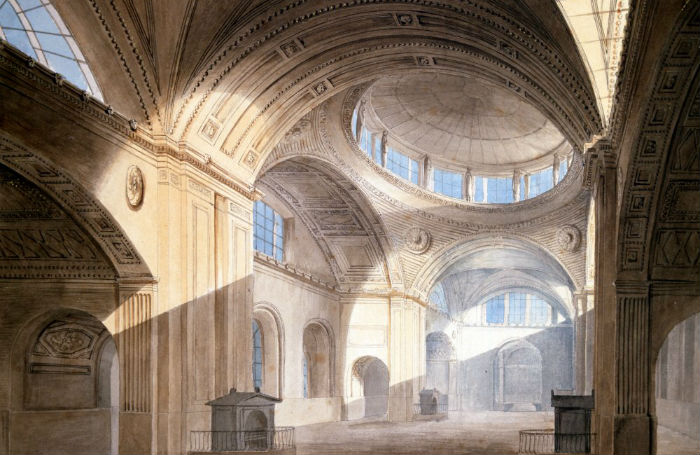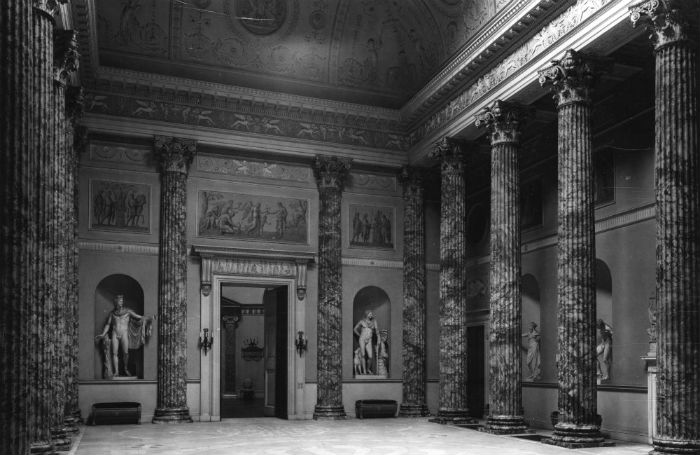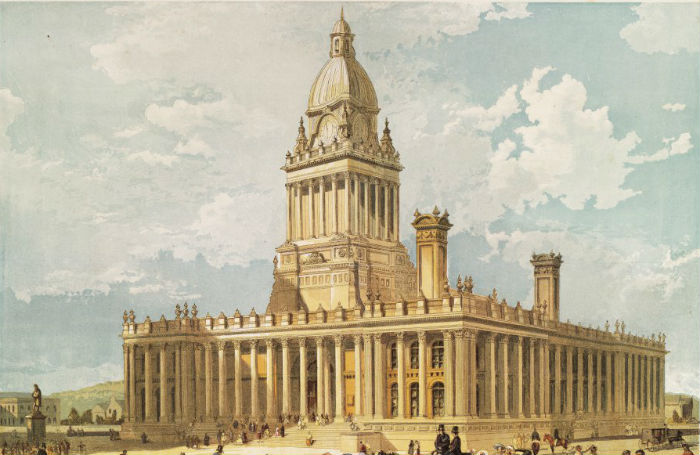This is architecture that looks back to a Classical past. The roots of Classicism are in ancient Greek and Roman architecture - in the temple architecture of ancient Greece and in the religious, military and civic architecture of the Roman Empire. The style comprises a range of conventional forms, notably columns (known as orders) each with fixed proportions and ornaments (especially Doric, Ionic and Corinthian). Proportion, symmetry and the relationship of individual parts to the whole also characterise Classicism. However, it is possible to describe a building as Classical solely for its proportion, with none of the trappings associated with Classical architecture.

Neo-Classical
The term is associated with an academic revival of Classicism that began in France in the mid 18th century when architects began to study classical buildings anew rather than later derivatives or Renaissance examples. During the 18th century there was a greater interest in archaeology and antiquarianism, partly fuelled by the excavations at Pompeii and Herculaneum and the rediscovery of the architecture of ancient Greece. The style is characterised by severity of appearance and solidity, with orders being used in a structural rather than a decorative manner.
Classical Revival
Classical Revival loosely describes architecture employing classical elements, but that is less severe in appearance than Neo-Classical architecture. Examples of it can be seen throughout the 19th and the early 20th century.
What to look for in a Classical building
- Use of orders
- Proportion
- Symmetry
- Repetition of elements such as windows
- References to Classical architecture
Article by Suzanne Waters
British Architectural Library, RIBA



Find out more
Explore more images of Classical, Classical Revival and Neo-Classical architecture from the RIBA Collections.
View, download, purchase and licence these images on RIBApix
1. Design for the Three per Cent Consols Office, Bank of England, Threadneedle Street, City of London, 1799 (Sir John Soane), RIBA Collections RIBA3931
2. Four Courts, Inns Quay, Dublin, seen from the opposite bank of the River Liffey, 1802 (James Gandon), Edwin Smith / RIBA Collections RIBA5666
3. Kedleston Hall, Derbyshire: the Great Hall, 1765 (Robert Adam and Samuel Wyatt), Edwin Smith / RIBA Collections RIBA14805
4. Leeds Town Hall: perspective view, 1858 (Cuthbert Brodrick), RIBA Collections RIBA31335
All these images are part of the RIBA Library and Collections. Admission is free, and everyone is welcome to visit.
Discover and purchase more images at RIBApix, or contact us if you have any questions about architecture.









